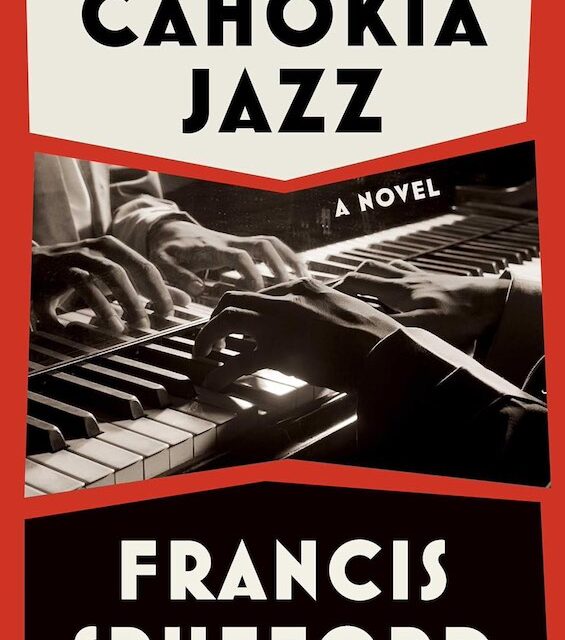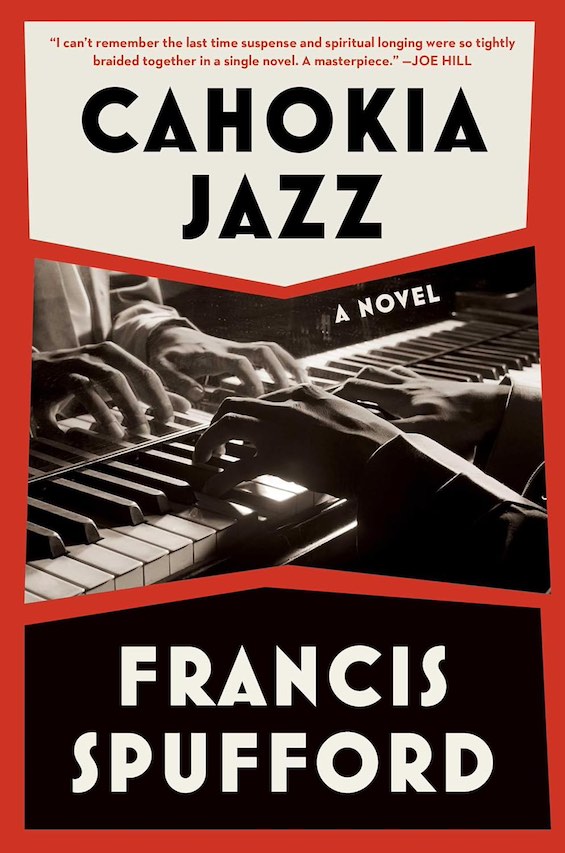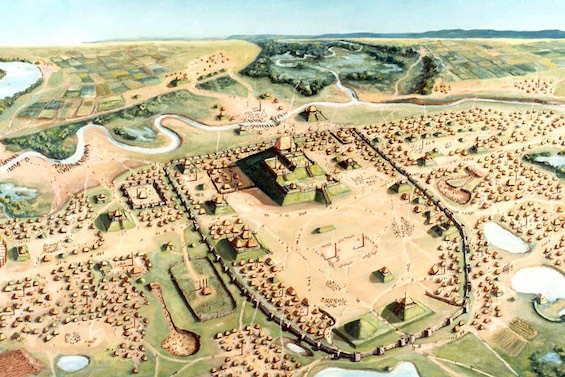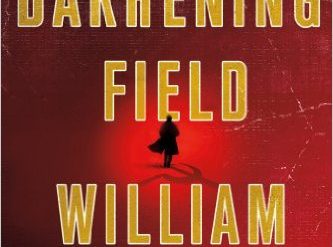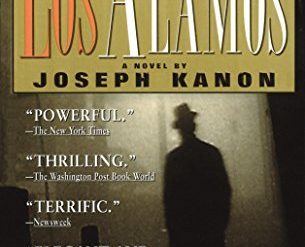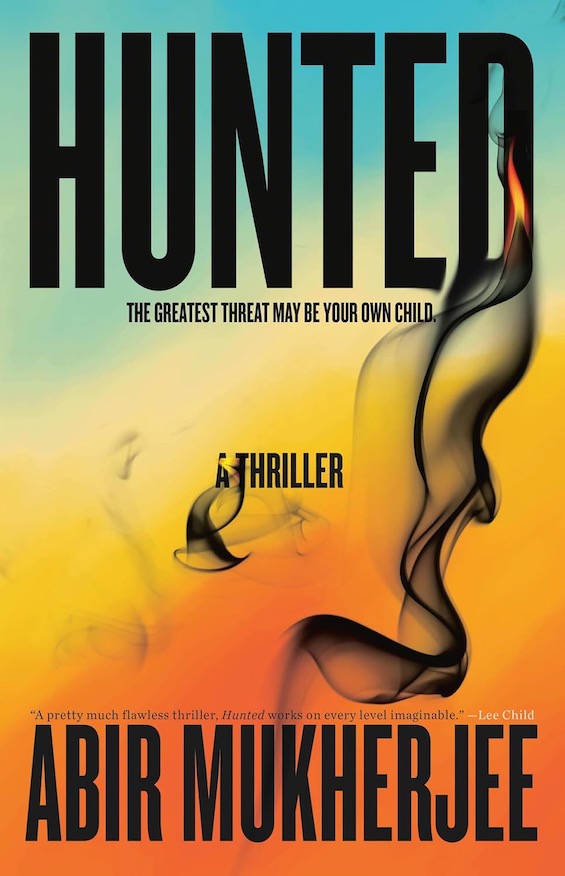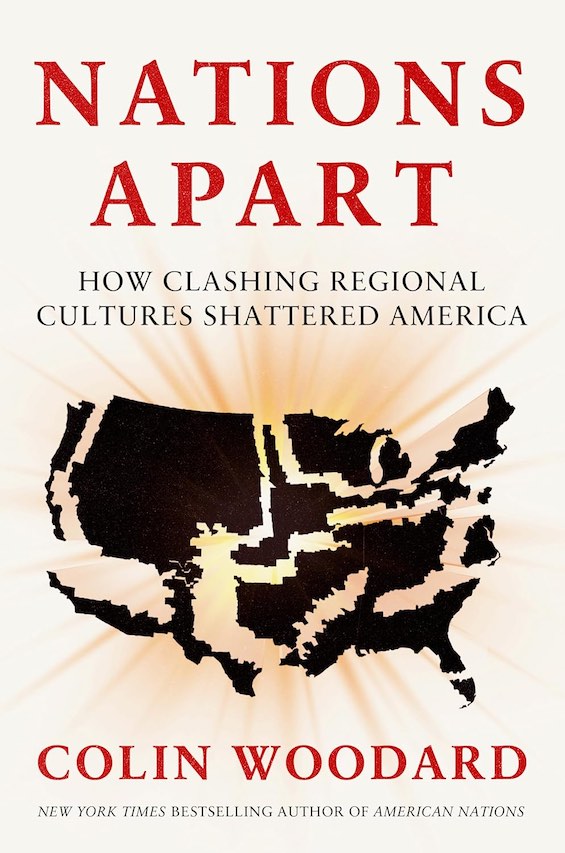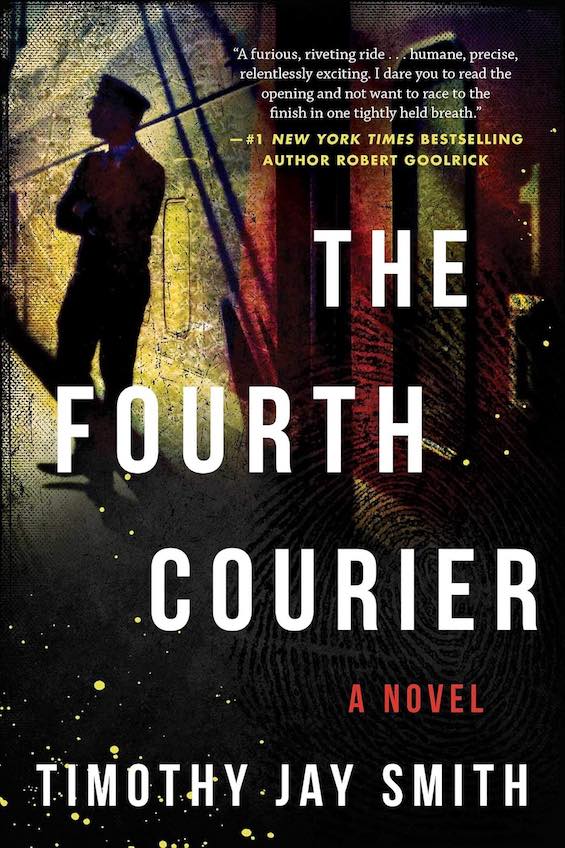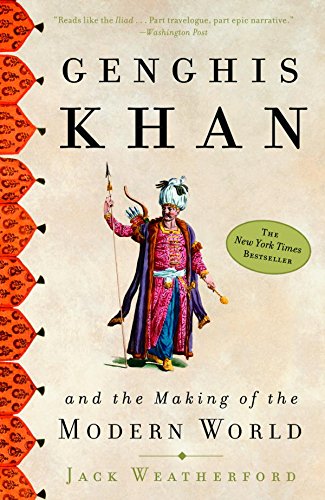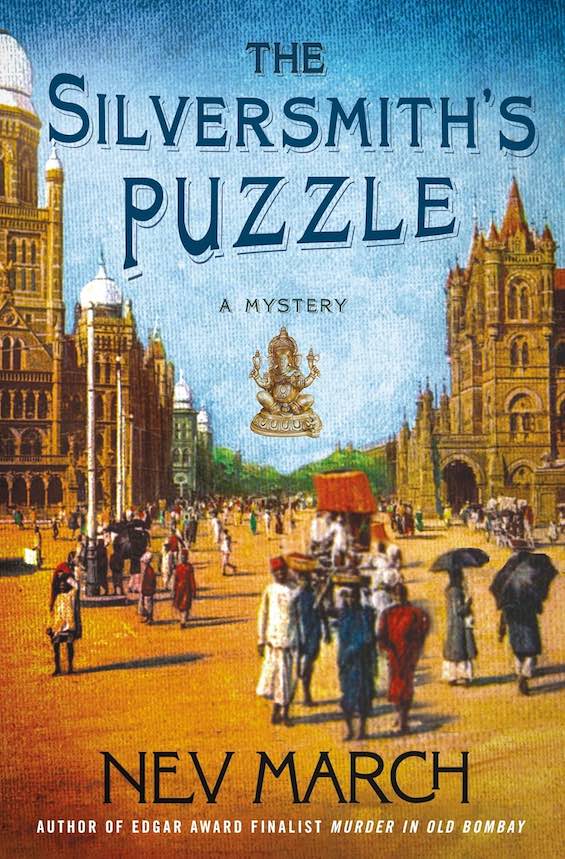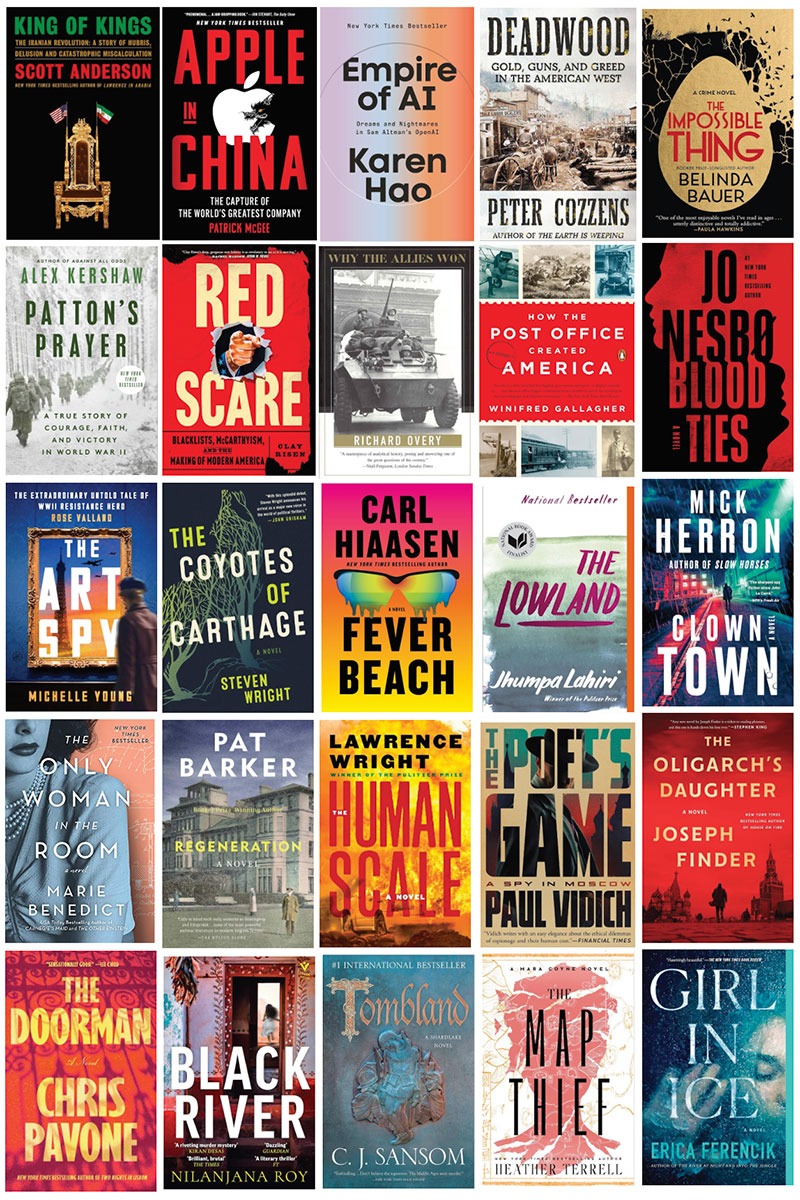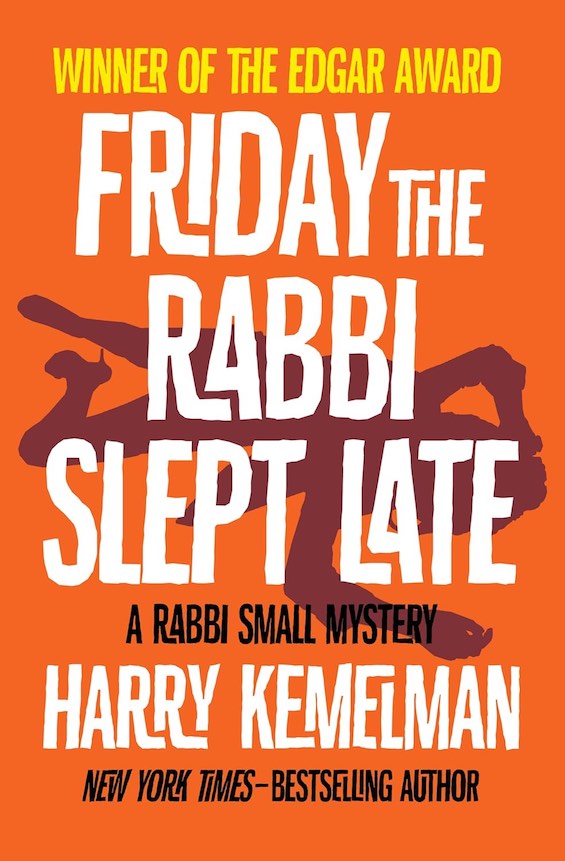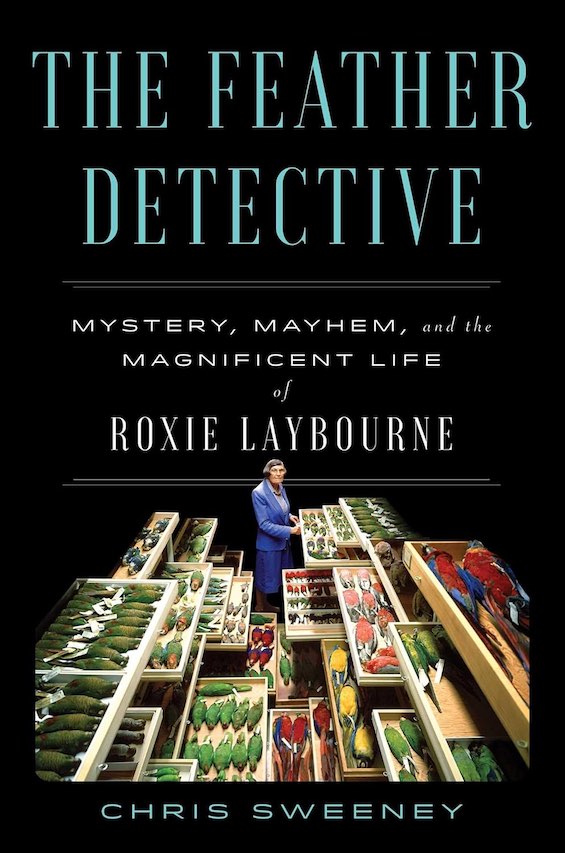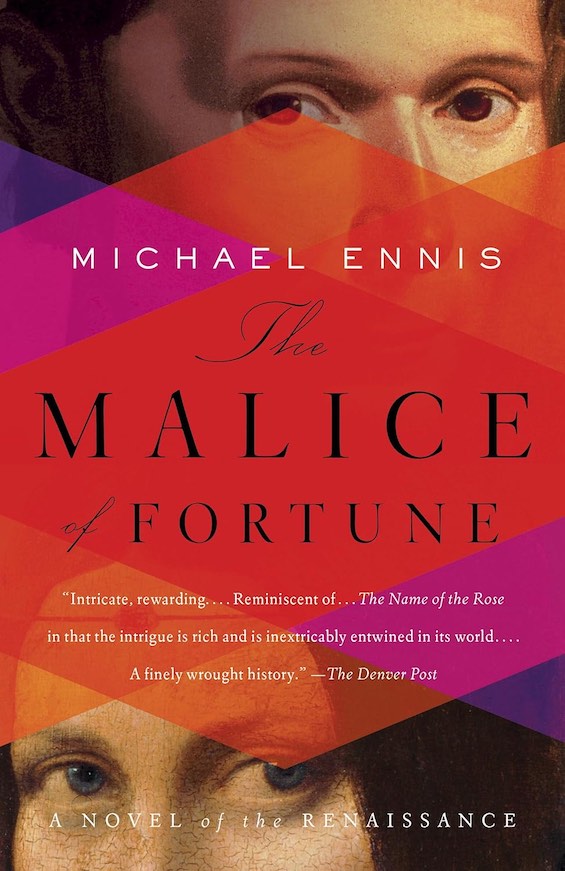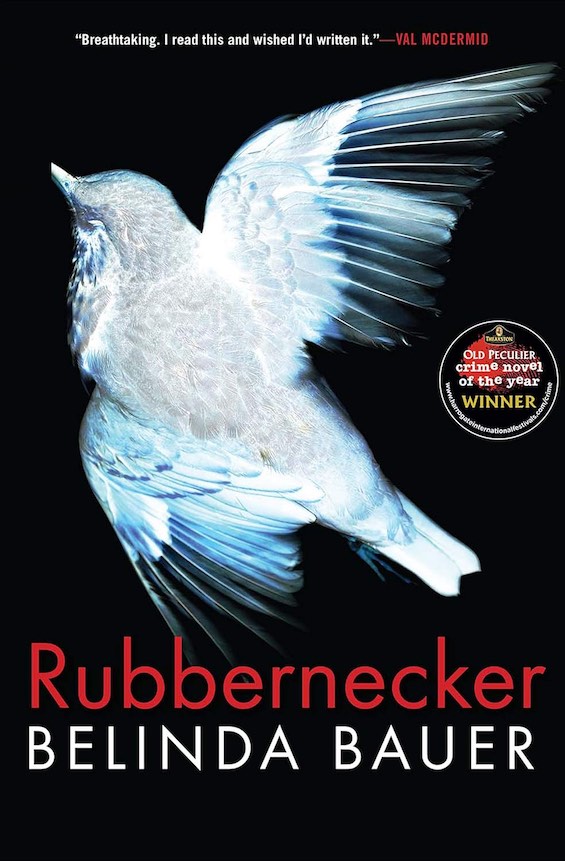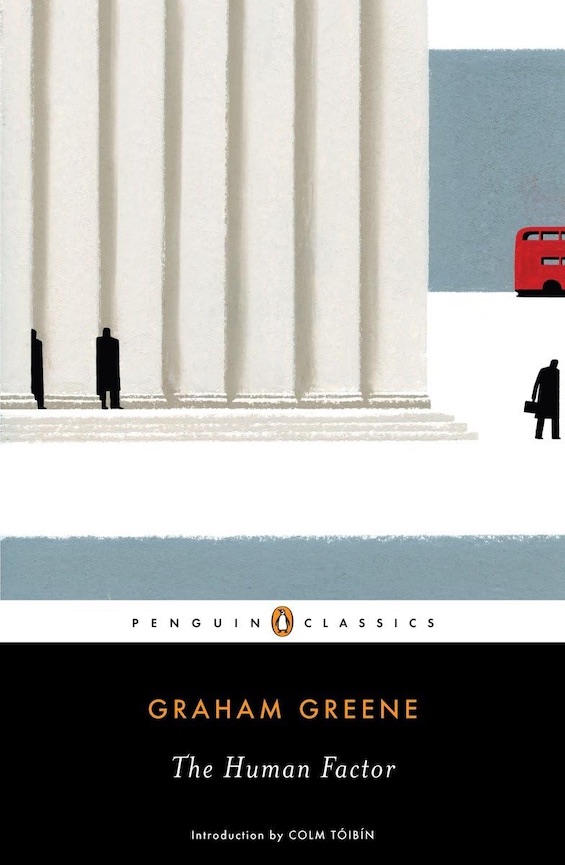When Europeans first reached the Americas five centuries ago, mighty civilizations that dwarfed European nations in wealth and population flourished in the Andes and today’s Mexico. But farther north, only a large mound remained of a single city along the Mississippi River opposite the site of today’s St. Louis. Some fifteen to twenty thousand people had lived there from the eleventh through the fourteenth century. It was called Cahokia. And the brilliant English novelist, Francis Spufford, speculates what might have happened if the smallpox introduced by Europeans had been far milder, leaving Natives in far greater numbers. He reimagines Cahokia as a powerful kingdom-turned-state-of-the-union in his endlessly inventive alternate history thriller, Cahokia Jazz. The book offers a fascinating picture of an early twentieth-century Native American society.
A murder threatens to trigger an attack by the Ku Klux Klan
In Spufford’s Cahokia, set shortly after World War I, Native, White, and Black—takouma, takata and taklousa in the Anopa language of the novel—coexist uneasily. Then two detectives come across a ghastly murder that threatens to destroy the city in a cataclysmic battle between the Ku Klux Klan and the fearsome Native militia. Detective Joe Barrow, half-taklousa and half-takouma, and his takata partner, Phin Drummond, set out on an investigation that will take them on widely diverging paths. Because the signs point to an Aztec ritual sacrifice close to the heart of the city’s mythology, and Phin sees a Native fanatic as the culprit. But Joe thinks otherwise. And he will stop at nothing to uncover the truth, racing against time as the existential battle between the Klan and the Natives draws closer.
Cahokia Jazz by Francis Spufford (2023) 464 pages ★★★★★
Winner of the Sidewise Award for Alternate History
A Native state of the union blocks US expansion to the west
Spufford’s Cahokia is a bustling city and state more populous than any of those to the east or south. To satisfy Constitutional requirements, elected officials preside over the government. But for the huge takouma majority, their true leader is the hereditary ruler known as The Sun. He shares power with his niece, the Moon, in the time-honored fashion granting women the power to make decisions of life and death, war and peace. They perpetuate the myth that the city had been founded by Aztec royalty fleeing the Spanish invasion four hundred years earlier. However, the population, including the Sun and the Moon, are overwhelmingly Roman Catholic.
The people of Cahokia share its abundance. They own the land of the state in common, leasing it from the Land Trust. And trusts manage both power and water as well. Since the state occupies a pivotal position in the heart of the continent, its leaders wield great power nationwide. They play a central role in negotiations between the Mormon nation to the west and the United States government based on the Atlantic coast. But, as an integrated society free of official discrimination, Cahokia is a target for the Ku Klux Klan. White settlers lust after its fertile land. And takata financiers and industrialists covet its wealth.
Spufford’s imaginative portrayal of a highly developed Native society is compelling, and he writes beautifully. The story is also suspenseful to a fault and full of surprises. Anyone with a taste (or at least a tolerance) for alternate history will enjoy this book.
About the author
Francis Spufford is a professor of Creative and Life Writing at the University of London. He was born in England in 1964, the son of two scholars. He studied English literature at Trinity Hall, Cambridge, graduating with a BA. Spufford lives just outside Cambridge and is a Fellow of the Royal Society of Literature. Himself active in the Anglican church, he is married to an Anglican priest. He is the author of five nonfiction books, three novels, and a book of essays. His first novel, Golden Hill, won several literary awards, prompting him to switch from writing nonfiction to fiction.
For related reading
I’ve also reviewed the author’s prize-winning debut novel, Golden Hill: A Novel of Old New York (7,000 people lived in Old New York in this charming historical novel).
You’ll find lots of other good reading at:
- 25 most enlightening historical novels
- Top 10 historical mysteries and thrillers
- Top 20 suspenseful detective novels
- Top 10 great popular novels
And you can always find my most popular reviews, and the most recent ones, on the Home Page.

